There are those who argue that work dignifies man. This is what is thought, given that in this way people are credited with being able to perform in a useful way in society. However, when it comes to children, this issue must be looked at with different eyes.
The term “child labor” is often defined as any work that deprives children of their childhood, their potential, and their dignity, and is detrimental to their physical and psychological development.
Child labor is considered an activity that is dangerous and harmful to the child’s physical, mental, or moral well-being. In addition, it interferes with their schooling since it deprives them of the possibility of attending classes, it forces them to leave school prematurely, or requires them to combine study with heavy and time-consuming work.
The problem
What’s wrong with child labor? What’s good about it? These questions were asked at some point by the people who established child protection laws. We know perfectly well that each country and culture has different laws and traditions that influence the vision or definition of what child labor is.

There is also a point that we must clarify and that is that child labor does not refer to collaborating with normal household chores. Nor does it refer to teaching children to be tidy and responsible with their things and their duties.
Child labor refers to being abused, exploited, for example, to help in a family business, to putting their physical or mental integrity at risk.
According to the International Labor Organization, ILO, child labor is work that “deprives children of their childhood, their potential, and their dignity, and is detrimental to their physical and psychological development”.
Children start working for several reasons. Most of the time, this happens because families face financial challenges.
The consequences are breathtaking. Obviously, it can result in extreme bodily and mental harm, and even death. It can also lead to slavery and sexual or economic exploitation.
Situation in Colombia
Colombia is a country that has sought to guarantee the rights of child workers and protect them from mistreatment and labor exploitation.
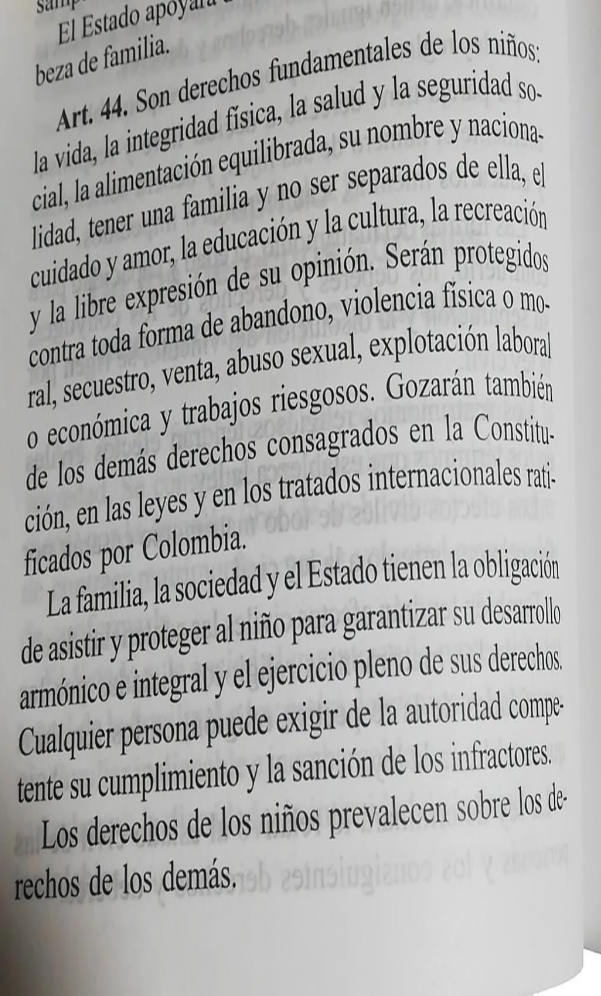
One of the examples of this is Article 44 of the Political Constitution, which states that: “… they shall be protected against all forms of abandonment, physical or moral violence, kidnapping, sale, sexual abuse, labor or economic exploitation and risky work …”.
Likewise, Article 35 of Law 1098 of 2006 established the minimum age for a minor under 18 years of age to work, always with the prior authorization of the Ministry of Labor.
On the other hand, the Colombian Institute of Family Welfare (ICBF) has said that “child labor is a violation of the rights of children and adolescents, as it affects their development process and generates conditions that violate the effective enjoyment of their rights”.
But if work dignifies, why should it be seen as a factor of vulnerability for the rights of the child population?
But, these are laws written on paper. Laws that appear in our constitution and that have been hard work to achieve, are just words.
And why are they just words? Simple: in Colombia, it is common to find a child on the street selling candy, a girl from the rural sector working in domestic service, or a young man under 18 working in the afternoons in a clothing store.
It is also possible to find minors who are the victims of illegal groups or drug traffickers since there are lesser punishments for children who sell or transport drugs than for adults who sell and transport these substances.
About the foundation
Before going into detail about the situation of child labor in Colombia, we thought it was important to understand a little about the people who make up Fundación Ágora.
We had the opportunity to establish contact with Laura Henao, founder of the Agora Foundation. This foundation is dedicated to working against child labor in Huila, Colombia.
Laura Henao lives in Ibague and has dedicated her professional career to helping one of the most affected groups in our country. She works helping working children. She also teaches at two universities in Ibague and Uni Minuto.
L.Viera: How was the foundation born?
Laura Henao: The idea of creating this foundation arose from a dream of doing things well, of doing things right. Of being able to contribute to society, of being able to work directly with children. Besides the fact that the issue of childhood in Colombia is an issue that has many public policies, it has a lot of investment. I come from a small municipality that is growing but finally… I was thinking of… having the support of a foundation.
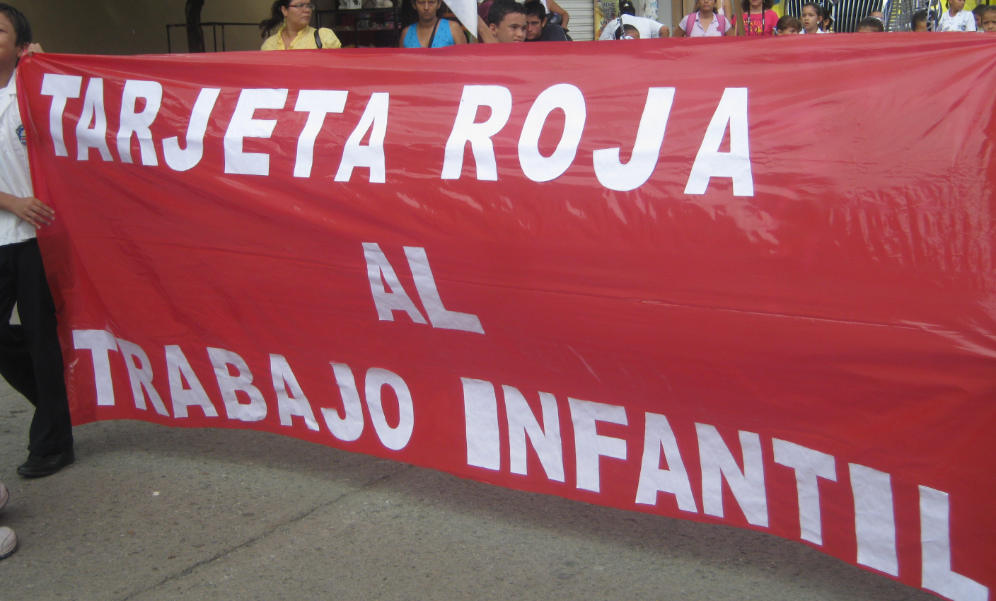
The foundation works in different types of processes with minors, mostly in rural areas.
L.Viera: What kind of work does Fundación Agora do?
Laura Henao: What we do in the market places is the prevention of child labor. A type of child labor that is on the borderline between the care of a parent who cannot be at home and the use of this child for commercial purposes in a business selling something. That is the child labor that we are focused on. What we do is talk to the families about the need for these children to be in other, much more protected environments. So, that is what we work on, demystifying a little bit of that image that the child who works from an early age is going to be a responsible adult.
Getting down to business
Despite all the normative regulations of the Colombian State, including those of an international nature, child labor is still a scenario where minors and adolescents in Colombia see their most fundamental rights, such as education and health, violated.
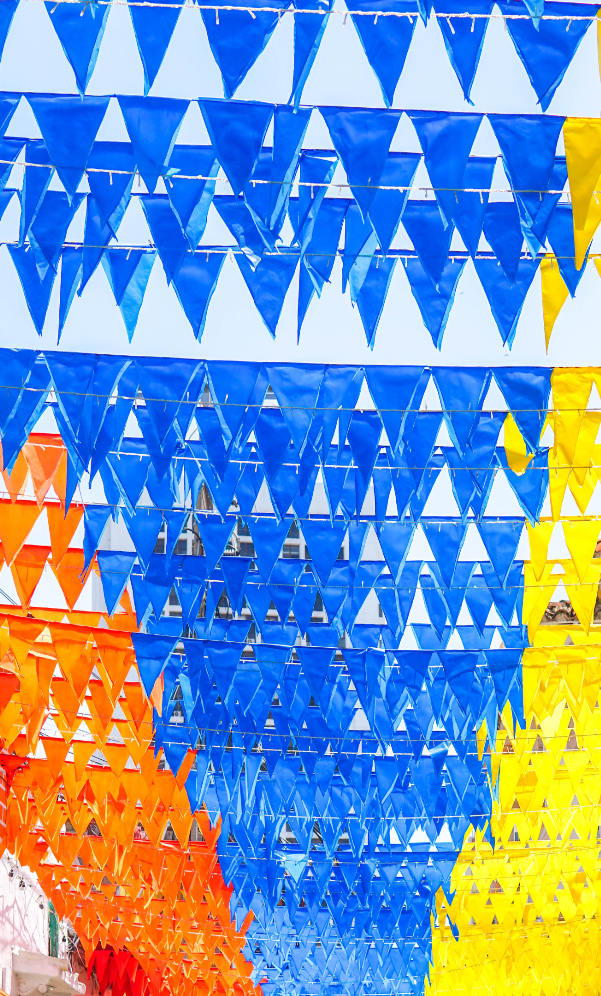
L.Viera: Why is it important to work on the issue of children in Colombia?
Laura Henao: The situation of economic vulnerability that society is experiencing and the consequences of the lack of sustainability of households that make the youngest children have to work to meet basic needs.
In countries such as Colombia (a member state of the ILO), the figures of extreme poverty continue to accelerate, which means that children under 18 are forced to work and leave education, and their aspirations to offer more than their labor force to society on the back burner.
A cultural issue
Another factor that exacerbates and prolongs this situation is the cultural issue. There is a set of beliefs, values, and customs that impose on minors the psychological burden that they must learn to be strong and mature through work.
L.Viera: What were some of the specific problems you faced when you started working with this issue?
Laura Henao: The first thing is that one sees a legitimization of child labor in many scenarios. So, they think that since they were working children, there is nothing wrong with their children being workers too. They see nothing wrong with it because they are going to start learning things that school does not teach them: to be responsible, to be able to manage their money.
These families are faced with very complicated situations since they do not have the means to pay someone to take care of their children while they work, nor do they have enough or extra money for them, and even if they did, there are no designated places for these children to spend their free time.
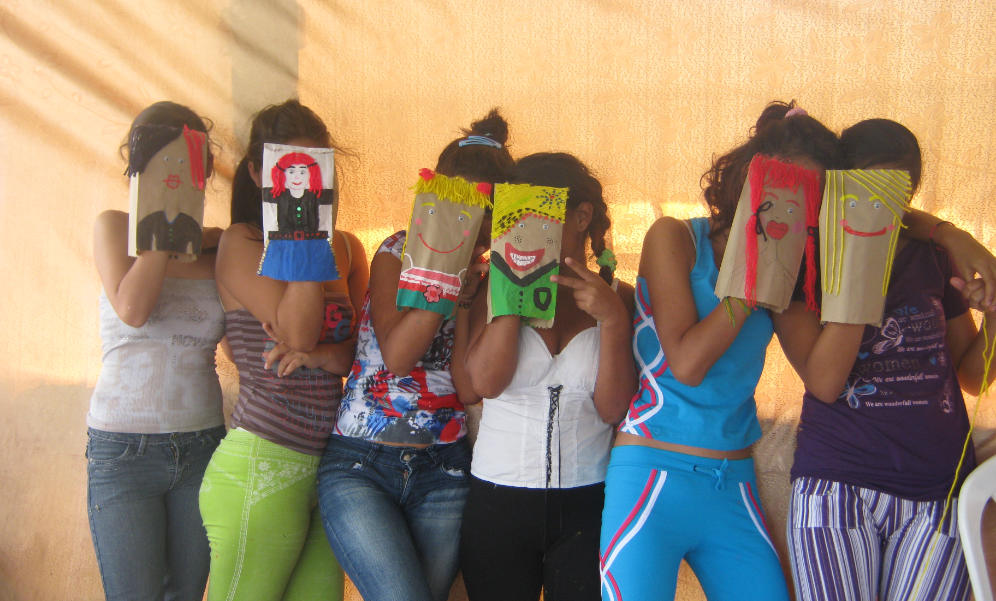
According to Unicef, “in Colombia, for example, it is considered normal for girls to do most of the housework. It is taken for granted that girls should take care of younger siblings, in addition to doing household chores.
On a daily basis, we may notice that the gender factor has a strong influence on the social and generalized thinking that says that women are dedicated to housework, while men go out into the street to perform heavier jobs. We continue, as a society, in a culture of extremes: macho and feminist, where we inculcate values based on sex and where we maintain ingrained customs that deteriorate the harmonious and integral development of the child population.
In the market places and other scenarios
Child labor prevents children from having a decent future.
There are times when they organize and create spaces to help. Spaces like reading circles, to promote education, to give a space in which the lesser ones can simply be minors, without having adult responsibilities but the results are not always the expected ones.
L.Viera: How is the situation in Colombia?
Laura Henao: Something that happens in Colombia is that the rural area is very abandoned, so the abandonment is evident in the fact that there are no education and health conditions close to these dispersed places, so one can easily spend 2 hours walking to school.
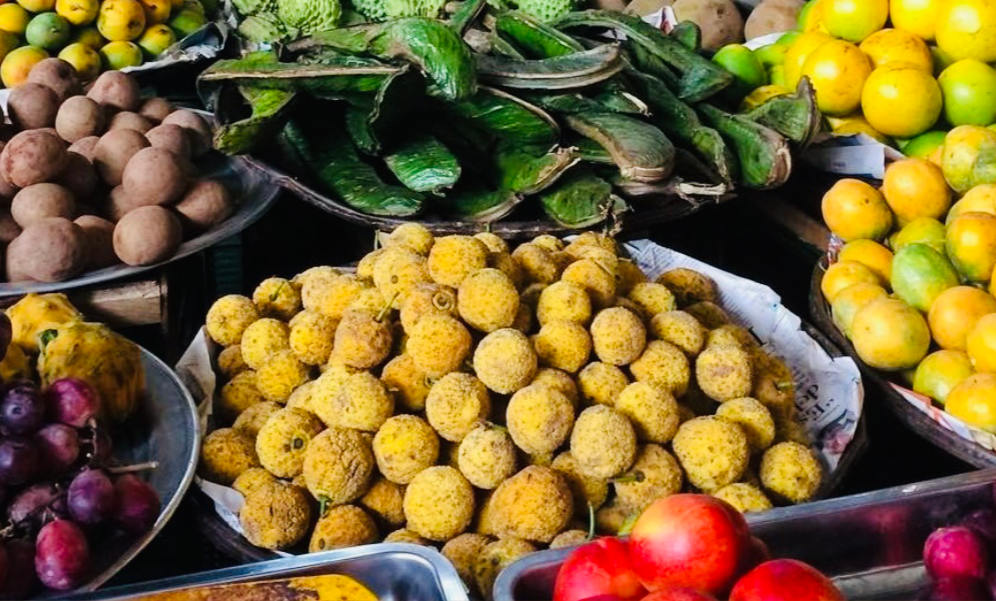
L.Viera: What happens in the marketplaces?
Laura Henao: In the marketplaces, we see a mixed workforce because in the marketplace there are different trades that the children take on. There is the agricultural work, which is the child who arrives in the carts, who brings the food, and who is completely adult. You see him with his machete, with his rubber boots, with his little hat and he comes and unloads. We also see the child who is commercializing, who comes down with his parents, with his mother, and who is in a stall, helping. This child has some guaranteed rights. He studies, but during his working day, he goes to the marketplace to his mother’s stall. Finally, there is the child who is not installed in any of these economic places; this is the child who is “floating”. He is a child who comes to the marketplace to see what he can do; he is looking for possibilities, obviously because he will have a family environment with many deficiencies and the marketplace is close to his home and he is seeing what he can do.
On the other hand, the activities children are forced to work in often put their lives at risk.
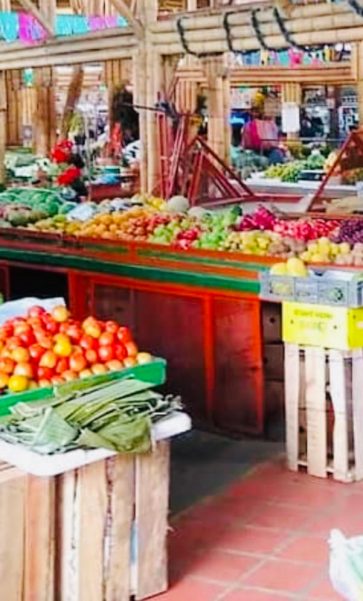
L.Viera: Please tell me about other scenarios in which children are exploited.
Laura Henao: Here in Ibague, in particular, there are also worse forms of child labor. we know that in our department, here, there is a high incidence of recruitment of children for illegal groups, that decreased at some point when the children were returned, UNICEF intervened, but now there are reports and early warnings that this is happening again.
L.Viera: How long has this recruitment been reported again?
Laura Henao: This year the reports have started. The denunciations begin in municipalities in the south of Tolima. They can be traced through newspaper articles and so on. There is an organization called the defensoría del pueblo and they have… early alerts, and they say that children are being recruited. Another of the worst forms is children who are in micro-trafficking, carrying or bringing some kind of psychoactive substances, who are selling…
L.Viera: Involved in drug trafficking?
Laura Henao: Of course, but it is the micro-trafficking in the neighborhoods, the children go out and sell, because if they are caught the penalties will not be so high. We are talking about situations of a very complex level. They completely violate all children’s rights and safety, but to have carnal access to can be seen as one of the highest forms of exploitation.
L.Viera: How do you work on the issue of sexual exploitation?
Laura Henao: Here in Ibagué there is a specific committee for the prevention of sexual and commercial exploitation of children. As a foundation, we are invited to this committee so that they can talk and take joint actions, because here we have a road corridor, and much of the transportation from one side of the country to the other passes through Ibagué. They don’t really care if is they are having sexual contact with adults or minors.
If the child means a saving of a labor force or a person’s salary, we are talking about child labor, not aid.
L.Viera: What do you as a foundation do in that sense?
Laura Henao: In that sense, what we do is to support, when we are invited to these government work tables, but that is not what we do because they are problems that require the establishment of rights, that the police are there, and so on. So, it is not the direct responsibility of social and civil organizations because they require another type of procedure.
The dangers
Child labor is dangerous and can harm the health of the youngest children.
Children forced to work cannot go to school or do not have time to study at home and do their homework, which affects their performance and chances of pursuing higher education.
There is a legitimacy of all those who are around, of all the adults, even the people who go to the market place to shop. That is why I say that it is a very complex cultural issue… there is not an issue of how we are going to protect the child, but there is an issue of admiration. That is why these attitudes that these children exhibit are totally adult. – Laura Henao-
The most affected are children living in developing countries, where families suffer more economic hardship.
The pandemic
Millions of children worldwide are at risk of being forced to work as a result of the COVID-19 crisis, which could lead to an increase in the worst forms of child labor.

Among these is the fact that many children are suffering the loss of one or both parents or guardians. In countries such as Mexico, Mali, and Tanzania, it has been seen that, when this happens, minors quickly take over household chores.
For their part, different Colombian armed groups are taking advantage of the crisis situation to recruit children in order to make them commit crimes or sexually exploit them. In Colombia, indigenous children are the most susceptible to recruitment by these armed groups.
L.Viera: How has the pandemic affected child labor in the marketplaces?
Laura Henao: With the pandemic issue, we have not visited marketplaces again. Since the children are not attending an educational setting due to the pandemic, maybe they are working on something else, don’t you think?
Conclusion
Whatever the triggering factor of child labor, the truth is that it has a negative impact on the health and emotional, spiritual, and psychological stability of children under 18 years of age when such work does not allow children or adolescents to enjoy each of the stages of their development.
It is not the same to say that a child has to work after reaching the age of majority than to start working from an early age in jobs that assault the dreams of a child’s brain; it is not the same to say that a child performs a job inclined towards his cultural, artistic or sports development than to say that he has to work out of necessity or because it is imposed on him.


